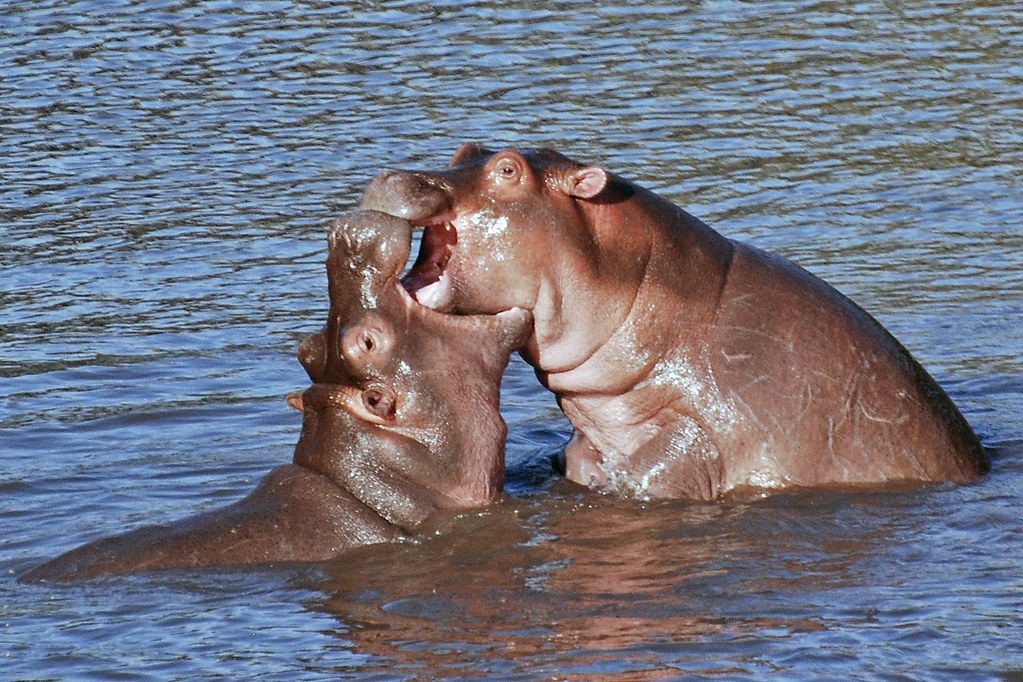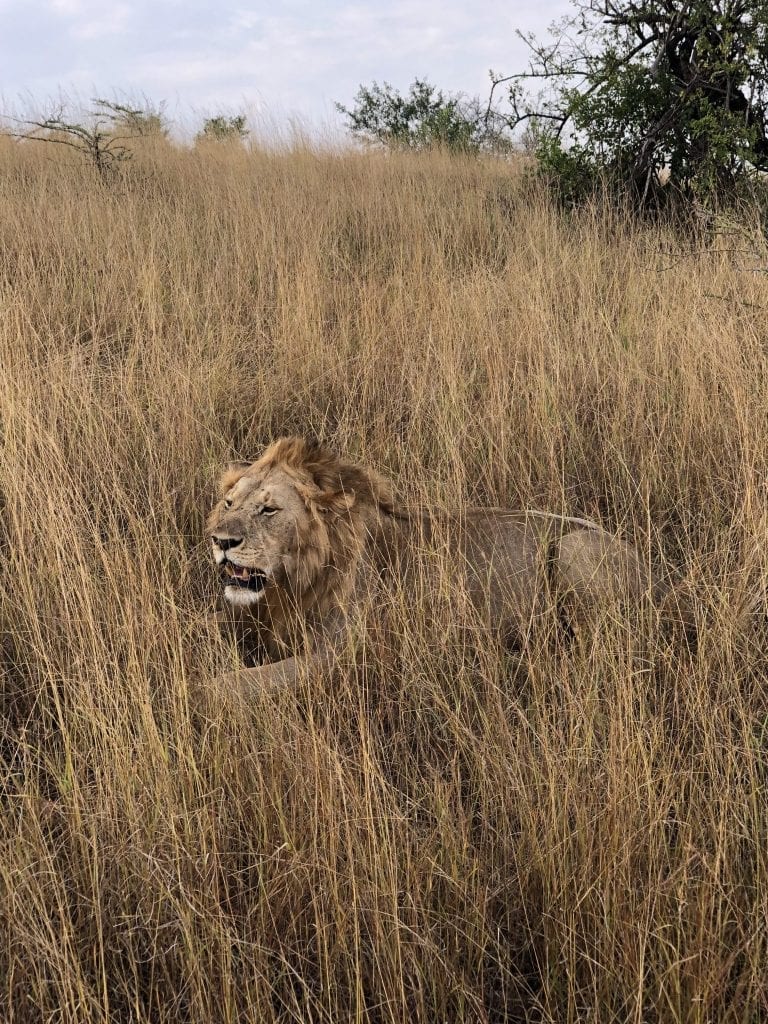Skift Take
Conservation is too soft a word to describe the measures being taken to address the crisis facing land and wildlife in Africa. But the Grumeti Fund is an example of best-in-class anti-poaching. This, coupled with large-scale systemic change, education, and community empowerment, is the one-two punch that can counter the imminent dangers facing wildlife and ecology in Africa.

On Experience
Colin Nagy, a marketing strategist, writes this opinion column for Skift on hospitality and business travel. On Experience dissects customer-centric experiences and innovation across the luxury sector, hotels, aviation, and beyond. He also covers the convergence of conservation and hospitality.
You can read all of his writing here.
When talking about Africa, “conservation” is a word that often comes up. It’s a catchall that covers anti-poaching and preservation of wilderness. It’s a vital part of the tourism discussion — and draw. But this word has become devoid of any meaning because it’s trying to convey too much.
I just spent a few days in the Serengeti and can attest that this is too soft a word for what’s happening on the ground. The truth is there’s a full-fledged crisis in land and animal destruction, and given the pace and scale of population growth in Africa, which is estimated to reach 4.4 billion people by 2100, the compounding effect (coupled with climate change) will lead to disaster.
Just as many advocate for sharpening the language around climate change — the Guardian in the United Kingdom changed its house style to read “climate crisis” — the same case can be made for Africa’s habitat and wildlife loss.
Recently I saw one of the most high-functioning land preserves in Tanzania, called Singita Grumeti, consisting of 360,000 acres of protected land situated adjacent to Serengeti National Park. The namesake Grumeti Fund, enabled by investor Paul Tudor Jones in partnership with the hospitality brand Singita, has had astounding success in protecting wildlife — ranging from wildebeest, giraffes, elephants, and many other animals in the ecosystem. Before the fund was established in 2002, the land and wildlife were decimated. Today, with the efforts of 165 staff, the animals and ecosystem are thriving and returning. But it’s but only a small sliver of the map when you consider the magnitude of the continent. The stakes are high.
For animals, the dangers are many. Poachers look to trap and ensnare animals to feed into a thriving bushmeat trade: The diaspora who want to eat bush animals, around the world. There’s killing for horns, skins, and teeth for various reasons, one of them being the Chinese urban legend that medicine made from rhino horns can cure cancer.
Outside of poachers there’s also the human/wildlife conflict, whereby farmers kill animals for destroying crops: A large reason for this is economic. In impoverished villages, there often are no good options to put food on the table. And when you consider how lucrative the poaching trade can be, the idea of conservation and animal protection seems like a hard sell to someone who is trying to put food on the table.
Indeed, the role of humans in these wildlife areas cannot be overstated. While in the preserve, I saw a baby elephant with a snare around its foot, walking with a limp. The snare was a piece of metal wire extracted from a tire, intended to trap another smaller animal for bushmeat. But it was nondiscriminatory.
Thankfully, on this preserve, there are game scouts, who graduate from a rigorous selection process, responsible for anti-poaching. They go on patrol to find and interdict a lot of criminal activity and also intervene when animals need help from human-initiated problems. The team arrived on-site (probably faster than a New York ambulance), kept track of the animal, and eventually managed to get the wire removed (despite a very angry mother elephant). These teams only intervene when there’s been evidence of a human impact on the animals; the typical and often brutal circle of life that we watch on BBC documentaries is fair game and allowed to play out naturally.
The point here is that there are many thousands of snares put into the bush, and animals that are operating outside of a well-run and maintained reserve are not so lucky. In fact, according to National Geographic, these devices are the greatest thread to African lions. The poachers, given how lucrative the trade is, are becoming more and more sophisticated, doing serious reconnaissance and running mini-intelligence networks. It’s a game of cat and mouse.
I spoke to Wesley Gold, head of Grumeti’s anti-poaching team. He’s a former British military with deployments to Bosnia, Iraq, and Afghanistan, as well as experience working in some of the harshest, nonpermissive environments possible. I was walked through Grumeti’s operations center, and without getting into too much detail that could compromise their operations, what they are running is not unlike a counterinsurgency operation that would be conducted in a war zone.
There are intelligence networks to gather information about potential pending poaching operations in the surrounding villages, there’s data collection of incidents and shots fired. They track animal movements and gather a deep understanding of the supply chain of munitions used by poachers, as well as a granular level of detail of the human networks that are driving the trade. Think the photos taped to the wall in The Wire or Homeland, but with more technological sophistication and real-time adaptation.
Via a donation to the fund, Grumeti started a K-9 unit that helps to detect contraband, conduct rapport-building with local villages, and create countless feedback loops to ensure an ever-improving training operation. Gold and his team have also established an accredited CrossFit “Faru” (Rhino in Swahili) in the bush to help the scouts level up.
This is some of the most sophisticated anti-poaching work going on anywhere, but it represents a small section of the country. When you extrapolate these issues outward into Africa, often in countries with weak govenment leadership, you can start to see the vast scope and scale of the problem. Part of the solution will not come from the anti-poaching defense. A lot of it will have to come from education and widespread societal reboots concerning relationship to the land.
Without systemic change, meaning a population that sees value in the land and wildlife and sees opportunities to make a career out of guiding or otherwise participating in tourism and the conservation ecosystem, the ability to see some of these animals in the wild will become a luxury good that dwindles and disappears in time. And for those interested in the topic, seeing the ground truth with your own eyes makes it entirely more real.
The Daily Newsletter
Our daily coverage of the global travel industry. Written by editors and analysts from across Skift’s brands.
Have a confidential tip for Skift? Get in touch
Tags: africa, conservation, On Experience, singita, tanzania
Photo credit: Grumeti in Western Serengeti is making great strides with real conservation efforts. HBarrison / Visual Hunt

